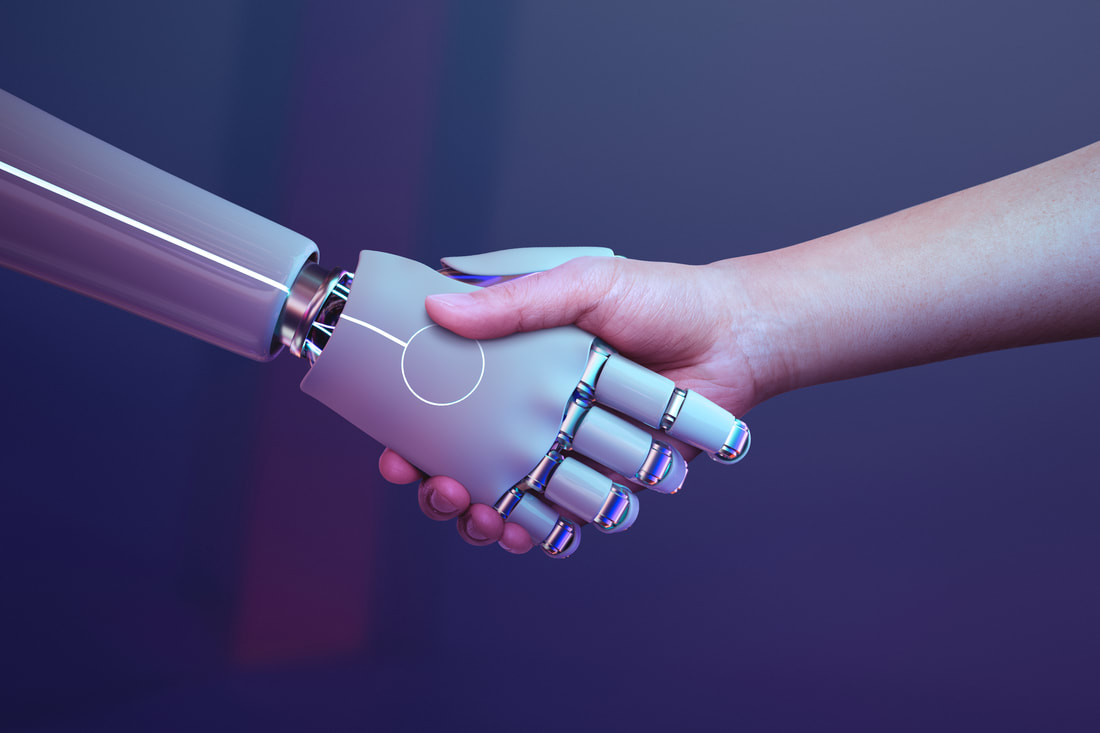|
Robots and artificial intellifence are the future, but where do they fit in healthcare?
Sarah Falcone of nurse.org explains how robots are changing healthcare this year. According to InsightAce Analytic, the worldwide robotic nurse industry is expected to grow 17% by 2031. According to Healthcare Dive, the Food and Drug Administration (FDA) authorized 91 AI medical devices last year. In Japan, robots have been prominent in healthcare for several years, and similar technology is finally being seen in the USA. Falcone discusses 6 robots that are being used in healthcare situations. They include:
Although robots have proven to be helpful, it is important to remember that robots are not meant to replace human caregivers, but rather support them. Nurses and other human practitioners in the healthcare field will continue making clinical judgements and provide compassionate care. However, robots can support those healthcare workers in doing their job and increase efficiency by performing the simple, time consuming, and routine tasks. Developments in AI can also fulfill unmet needs in nursing homes. By taking tasks off healthcare workers’ hands, robots allow them to have more time to provide direct patient care, resulting in better treatment and better patient outcomes. All of which will reduce the number of staff required. “Familiarity with robotic systems will help healthcare workers to effectively collaborate with these technologies, maximizing their benefits and solving potential problems,” says Falcone. What other benefits do robots provide in the healthcare setting? Some include:
AI will continue to expand in healthcare and will eventually spread to care in homes as well. If you have any questions about home care for your loved ones, you can contact us. You can also check out the rest of our blog posts on our website. Written by Madison Chalmers
Image by rawpixel.com on Freepik
0 Comments
Leave a Reply. |
AuthorT.J. Foderaro Archives
February 2020
Categories
All
|
Copyright © 2023, Twin Lights Home Care, All RIghts Reserved

 RSS Feed
RSS Feed
